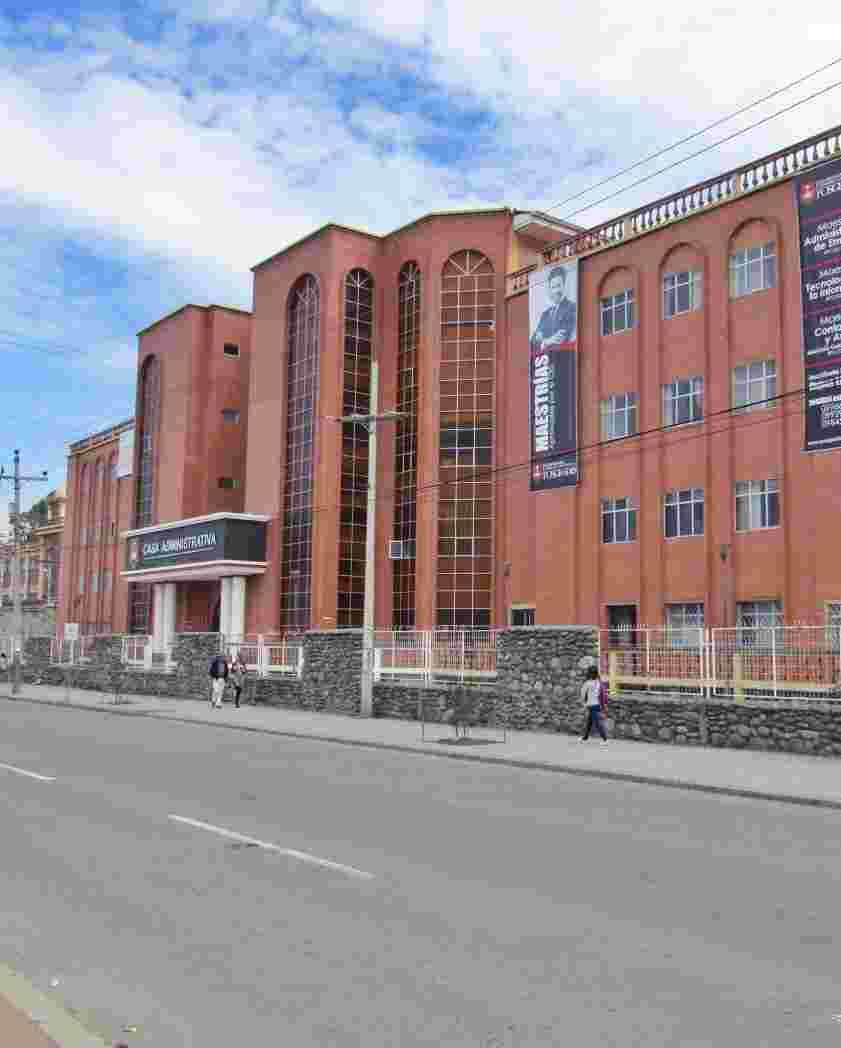Trabajos de Titulación - Sede Azogues - Medicina
URI permanente para esta colecciónhttps://dspace.ucacue.edu.ec/handle/ucacue/89
Examinar
Examinando Trabajos de Titulación - Sede Azogues - Medicina por Asesores "Astudillo Ávila, Andrés Sebastián"
Mostrando 1 - 2 de 2
- Resultados por página
- Opciones de ordenación
Ítem Acceso Abierto Factores de riesgo de muerte súbita cardiaca en pacientes con miocardiopatía hipertrófica. Revisión Sistemática(Universidad Católica de Cuenca., 2025) Velecela Cruz, John Anthony; Astudillo Ávila, Andrés Sebastián; 0302678016Background: Hypertrophic cardiomyopathy is the leading cause of sudden cardiac death in young patients, which may manifest within one hour after the onset of symptoms or within 24 hours of an asymptomatic state. General objective: to investigate the risk factors for sudden cardiac death in patients with hypertrophic cardiomyopathy. Specific objectives: to characterize HCM; to indicate the association between sex and age with SCD risk; and to identify factors that increase the risk of SCD. The research question is: What are the risk factors for sudden cardiac death in patients with hypertrophic cardiomyopathy? Methods: Information was searched in the Scopus, Web of Science, and PubMed databases, including studies from the last five years, open and restricted access, full and partial texts, in English and Spanish, and involving adolescent and adult patients. Publications unrelated to HCM or SCD, and documents with no scientific relevance, were excluded. Results: Twenty-six scientific articles were analyzed, 81% of which belonged to Scopus, 13% to Web of Science, and 6% to PubMed. These were referenced by title, author, language, objectives, and study results. Discussion: HCM is characterized by an increase in the diameter of the left ventricle in the absence of underlying diseases. It is a frequent cause of SCD, which occurs more frequently in young people with risk factors identified through cardiac magnetic resonance imaging or relevant clinical history. Keywords: hypertrophic cardiomyopathy, sudden cardiac death, congenital heart disease, risk factors, early recognitionÍtem Acceso Abierto Manifestaciones clínicas del síndrome inflamatorio multisistémico asociado a COVID-19. Revisión Sistemática.(Universidad Católica de Cuenca., 2025) Flores Izquierdo , Giuliana Gabriela; Astudillo Ávila, Andrés Sebastián; 0302538061Multisystem Inflammatory Syndrome (MIS) is a rare but serious COVID-19 condition resulting from an abnormal immune response characterized by inflammation. In Ecuador, 410 cases were reported by May 2020, with Guayas being the province with the highest percentage (30.73%). Objective: To identify the most frequent and non-severe clinical manifestations of multisystem inflammatory syndrome. Methodology: Data were obtained from scientific databases such as PubMed, Web of Science, Jaypee Journal, Scoupus, and ScienceDirect. Studies in English and Spanish since 2020 focused on MIS in the pediatric population were included. Results: The three main medical organizations present similar diagnostic criteria, with differences in age range: the WHO includes adolescents up to 19 years old, while the Centers for Disease Control (CDC) and Royal College of Paediatrics and Child Health (RCPCH) include them up to 21 years. Among the 20 analyzed studies, the most common symptoms were gastrointestinal and mucocutaneous. The predominant age group was 8 to 8.9 years, with a higher incidence in males. Conclusions: Frequent gastrointestinal symptoms include abdominal pain, nausea, and vomiting. Regarding mucocutaneous symptoms, conjunctival injection, skin rash, and exanthems stand out. Lymphadenopathies occur less frequently. Less common symptoms affect the neurological and respiratory systems, including seizures, headache, dyspnea, and cough. Keywords: multisystem inflammatory syndrome, clinical manifestations, COVID-19, age, gender




